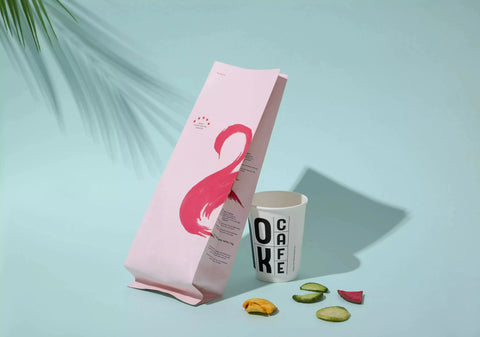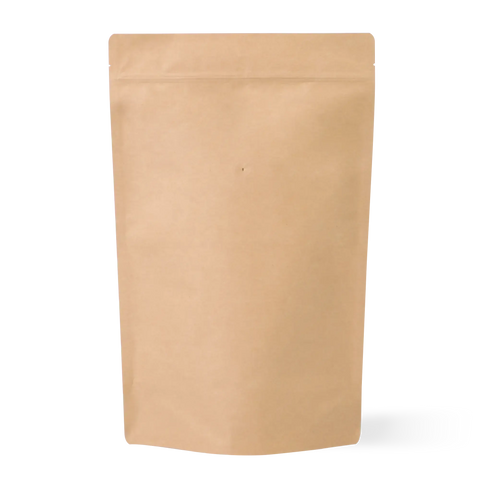Eco Friendly Coffee Packaging Explained
As demand grows for sustainable products, coffee brands are rethinking every part of their product journey, including their eco-friendly coffee packaging. Using sustainable packaging for coffee means making smart choices at every step, from sourcing materials to disposal. Every stage in the lifecycle of eco-friendly coffee bags plays a role in reducing environmental impact.
Choosing the Right Coffee Packaging Materials
It all starts with selecting the right coffee packaging materials. Instead of traditional plastics, many brands now use compostable coffee packaging made from plant-based plastics like PLA, or recyclable coffee bags made from polyethylene (PE) films designed for easy recycling. These materials often come from recycled or responsibly sourced content to minimize their carbon footprint.
Check out our compostable pouches or get a custom quote today!
Once materials are chosen, they are converted into coffee bags using sustainable manufacturing processes. These prioritize lower emissions, reduced water and energy consumption, and use of non-toxic, water- or soy-based inks for printing. Digital printing technology allows brands to customize eco-friendly coffee packaging with minimal waste.
Lightweight design is another important factor in sustainable coffee bags. Efficient sizing and packaging reduce shipping weight, lowering carbon emissions during transport. Despite being light, these bags protect coffee freshness and aroma, ensuring quality for consumers.
When customers receive their coffee, the packaging needs to be functional and easy to use. Features like resealable zippers, degassing valves, and clear instructions on recycling or composting help make eco-friendly coffee packaging convenient and encourage proper disposal.
Common Challenges and Solutions
Switching to eco-friendly coffee packaging isn’t without its challenges. One common hurdle is that many compostable coffee bags require commercial composting facilities to break down properly. Unfortunately, these facilities aren’t available everywhere, which can make disposal confusing for consumers.
Recycling can also be tricky. While recyclable polyethylene bags fit into many curbside programs, some local recycling centers don’t accept flexible plastics, leading to contamination or landfill disposal instead.
To tackle these issues, brands can play a big role in educating customers through clear labeling and instructions on how to recycle or compost the packaging correctly. Some companies partner with take-back programs or community composting initiatives to make proper disposal easier.
Choosing materials compatible with local recycling or composting options helps too. This way, coffee packaging stays eco-friendly not just in theory but in real-world use.
Closing the Loop on Disposal and Recycling
The final stage is disposal, which varies depending on the materials. Recyclable coffee bags made from PE can be placed in curbside recycling programs, while compostable coffee packaging requires commercial composting facilities. Clear labeling and consumer education are essential to ensure the packaging is recycled or composted correctly, closing the sustainability loop.
Choosing eco-friendly coffee packaging means thinking beyond just the materials, it’s about the entire lifecycle. When brands, manufacturers, and consumers work together, sustainable coffee packaging can significantly reduce waste and environmental impact. If you’re ready to switch to sustainable packaging for coffee that aligns with your brand’s values, partnering with an experienced supplier can help you make the best choices.







Comments (0)
There are no comments for this article. Be the first one to leave a message!